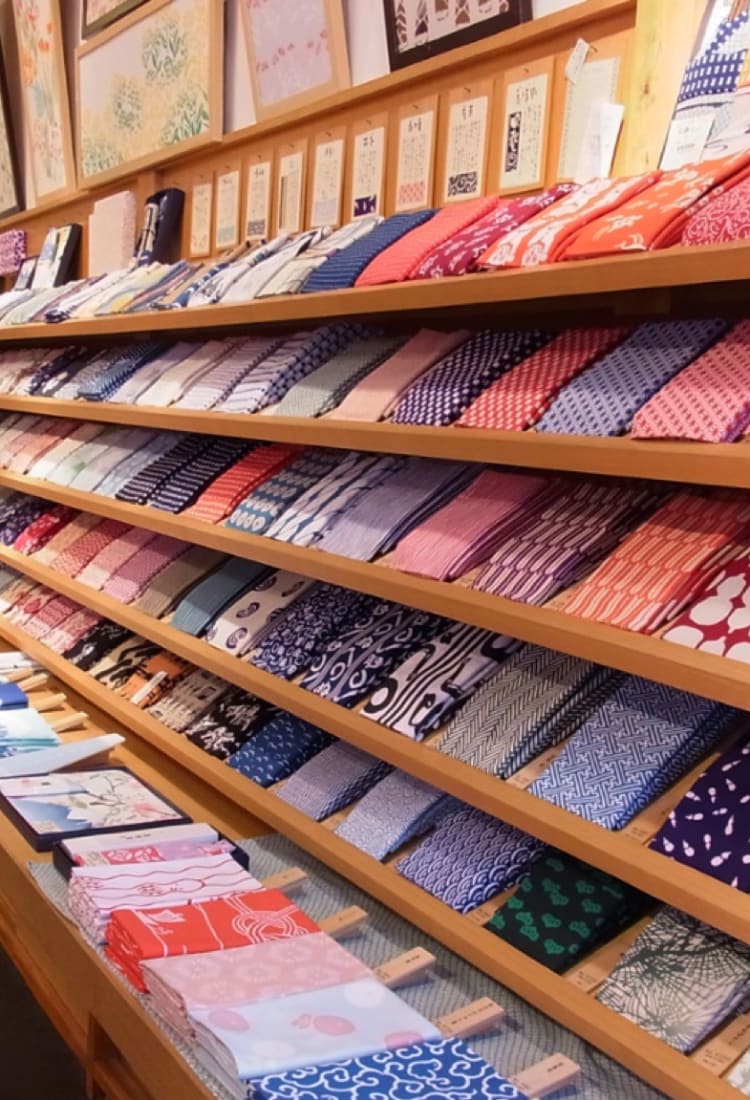
"Tenugui" Hand Towels Make for Perfect Souvenirs
Getting to know “tenugui”
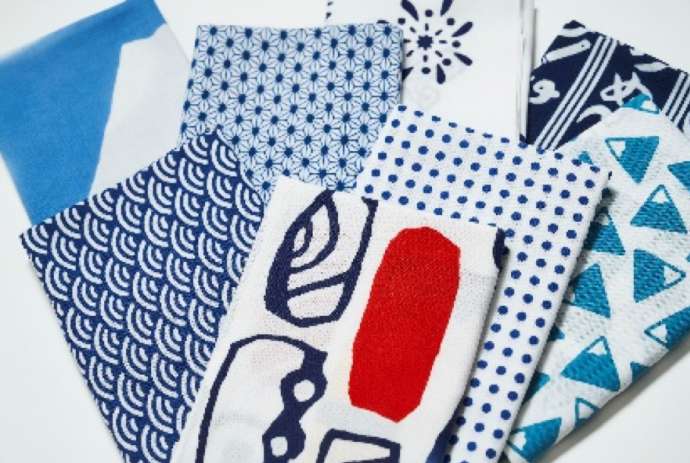
It is said that tenugui were already in use during the Nara Period (A.D. 710-794). Tenugui are flat-woven cotton cloths that are about 90 cm (2.9 feet) x 35 cm (1.1 feet) in size. Many have elaborate resist-dyed or printed patterns. During the Edo Period (A.D. 1603-1868), common people started using them as well. They are used for various purposes, including drying hands or bodies, covering heads, or as aprons.
As cultural modernization progressed and towels became more common, the use of tenugui became less and less common. However, in recent years, there has been a re-evaluation of the convenience and appealing design of tenugui, and more and more stores have started selling them in the past 10 years or so. They have again come to be used as daily commodities or souvenirs.
Tenugui are divided into several types according to the fineness of the cloth; from fine to coarse, the major fabric types are “tokuoka”, “oka” and “bun (sori)”. The finer the cloth, the higher the designability.
In addition, they are divided into two types according to the technique used to decorate them: “chusen” dyeing and printing.
Let’s take a look at some of the features of chusen tenugui.

Chusen is a traditional dyeing method that makes use of paper patterns. Because the dyeing material soaks into the cloth, the pattern appears on both sides. The color then fades with prolonged use, giving the tenugui a lovely aged feel. Nassen dyeing, on the other hand, is a way of printing designs on one side of the fabric, resulting in a product that is often called “printed tenugui”.
How are chusen tenugui made?
1. Transferring the design to a paper pattern (katagami)
First, a paper pattern called a “katagami” is crafted, copying the designer’s creation. Katagami utilize a kind of tanned paper called shibugami, which is made by applying persimmon tannins to Japanese paper to increase its durability. Amazingly, the design is then carved out by hand. This step is the most time-consuming, as it can take nearly a month for a single katagami to be completed. It is incredibly painstaking work, and requires the hands of a skilled artisan.
2. Starching
Before the dyeing process begins, the katagami is used to apply starch to the fabric. The starched portions do not absorb the dye, while the unstarched portions do. This is the most important process in crafting a tenugui, since if the starching is done unevenly, it will greatly affect the way the dyeing process turns out. Experienced artisans expertly wield a tool called a “hera”, which allows them to swiftly apply an even layer of starch in a single coat. They must also take into account ambient conditions when calibrating the stiffness of the starch during this process, as it is affected by both temperature and humidity. Naturally, there is no numerical standard for the stiffness, so the artisans must use their experience to prepare everything.

3. Dyeing
Once an even coat of starch is applied, it’s finally time to begin the dyeing process. Artisans pour all the dye in one shot using a tool called a “yakan”, which looks like a watering can with a long, thin spout. Depending on how broadly the tenugui is to be dyed, they will choose a differently-sized yakan to pour the dye onto the fabric. The dye is poured over the top of the fabric and then absorbed underneath by a compressor, which allows the color to penetrate completely through to the other side. The result is a tenugui that has no front or back.

4. Rinsing
Once the fabric has been dyed, it is machine-washed to rinse away excess dye and starch.
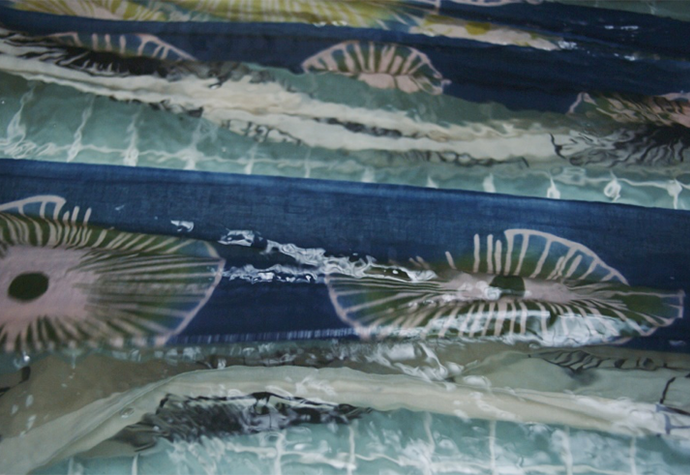
5. Air drying
Once the tenugui have been washed, they are set out to dry naturally. Depending on the weather, this may happen in as little as a day. Everything up to this point is done on cloth pieces about 24 meters (78.7 feet) long. At the very end, they are folded and cut into 90-cm (2.9 feet) pieces, each representing one complete tenugui towel.

Using tenugui
Tenugui can be used in various ways; the following are some examples.
(1) For wiping
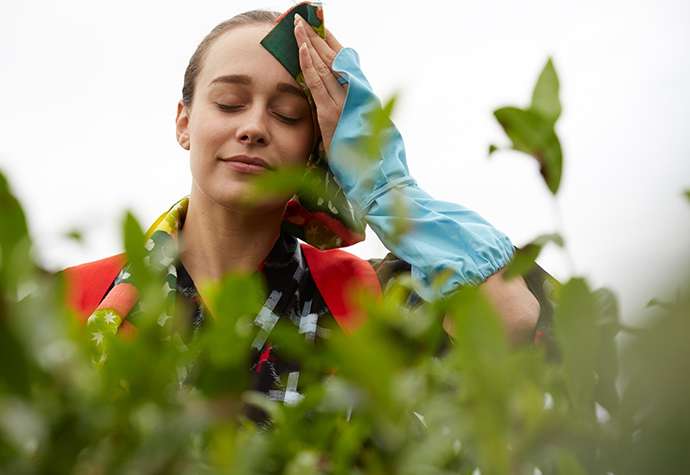
Use instead of a towel or handkerchief.
(2) For wrapping

Great for wrapping various items including bento boxes and drink bottles.
(3) For covering heads
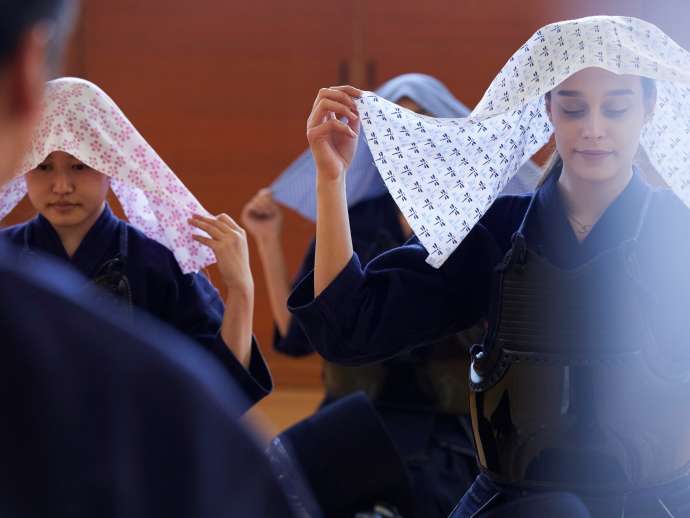
Wear around the head instead of a bandanna or headband.
(4) Worn around the neck

Wear around the neck instead of a scarf.
(5) As a place mat
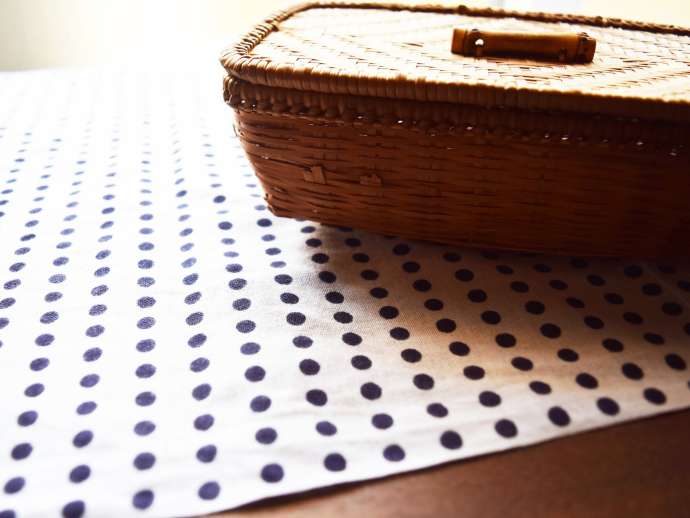
Use instead of a place mat.
(6) For interior decorating
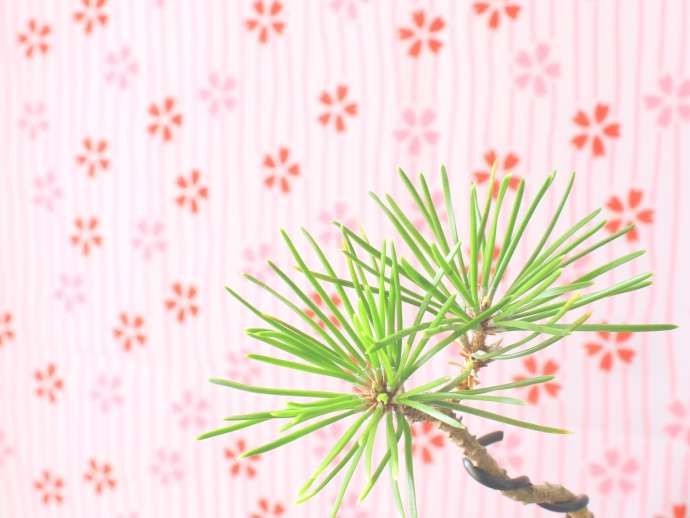
Frame and display like a painting or textile.
Other than the uses above, tenugui can be used in many more ways, including being used as masks or as strainers. Find your own unique way of using tenugui!
Buying tenugui
Tenugui are available in souvenir corners in sightseeing spots and airports, museum stores, inns and department stores throughout Japan, as well as in specialty stores like Kamawanu. In addition, as tenugui with unique local patterns are often available, you might want to ask if tenugui are available when you visit local tourist information centers or souvenir corners. Moreover, tenugui are relatively inexpensive when compared to other Japanese souvenirs (ranging from about several hundred yen to 2,000 yen), so it would also be fun to build a collection of tenugui in various colors or designs.
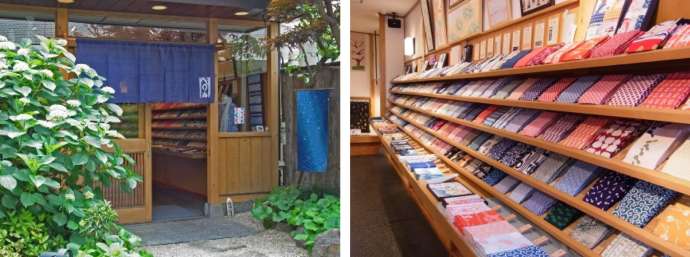
Kamawanu Daikanyama
|
Seven directly-managed stores and one retail store throughout Japan, in shopping malls, etc. |
Classic designs
Mame-shibori (bean motif)
Small polka-dots on a white background. Polka-dots can come in different colors including black, blue, or red. This is the most classic design.
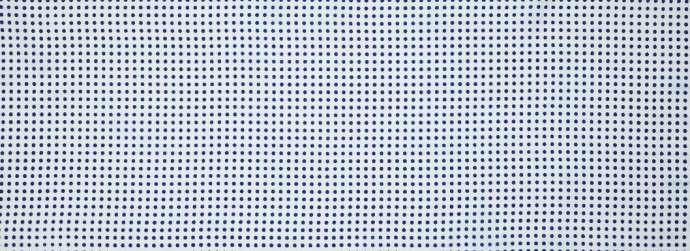
Asa no ha (hemp leaves)
The name was given because the geometric pattern looks like hemp leaves.

Seigaiha (waves)
A design in the motif of an ocean wave that makes you feel cool.
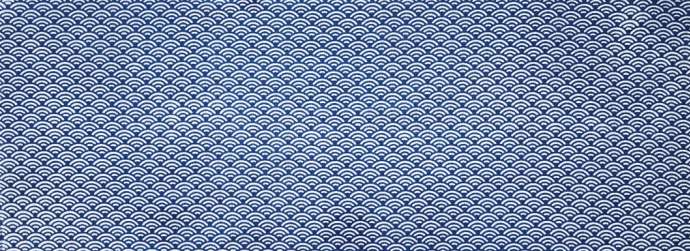
Novelty designs
Nippon (Japan)
A pattern expressing Japanese culture through pictures of sushi, cherry blossoms or other objects.
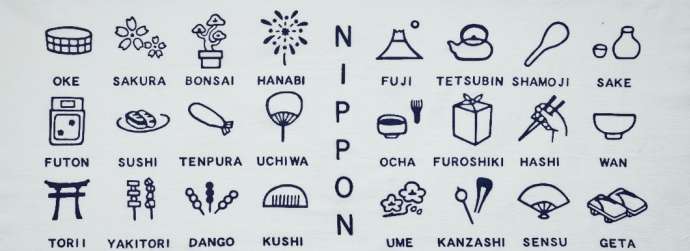
Fuji-san (Mt. Fuji)
Tenugui designed in the motif of Mt. Fuji, which has been recognized as a World Heritage Site.
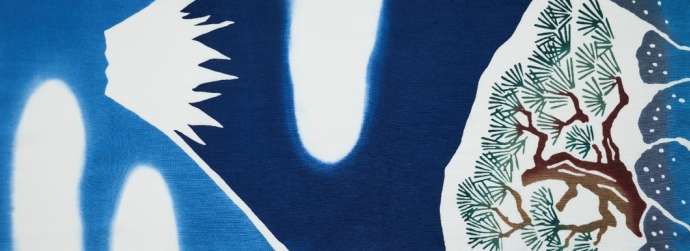
Sushi
This tenugui has a charming sushi motif, featuring a delightful array of ingredients used to make nigiri sushi.

* Some designs are available for a limited time only and may not be available now.




















































